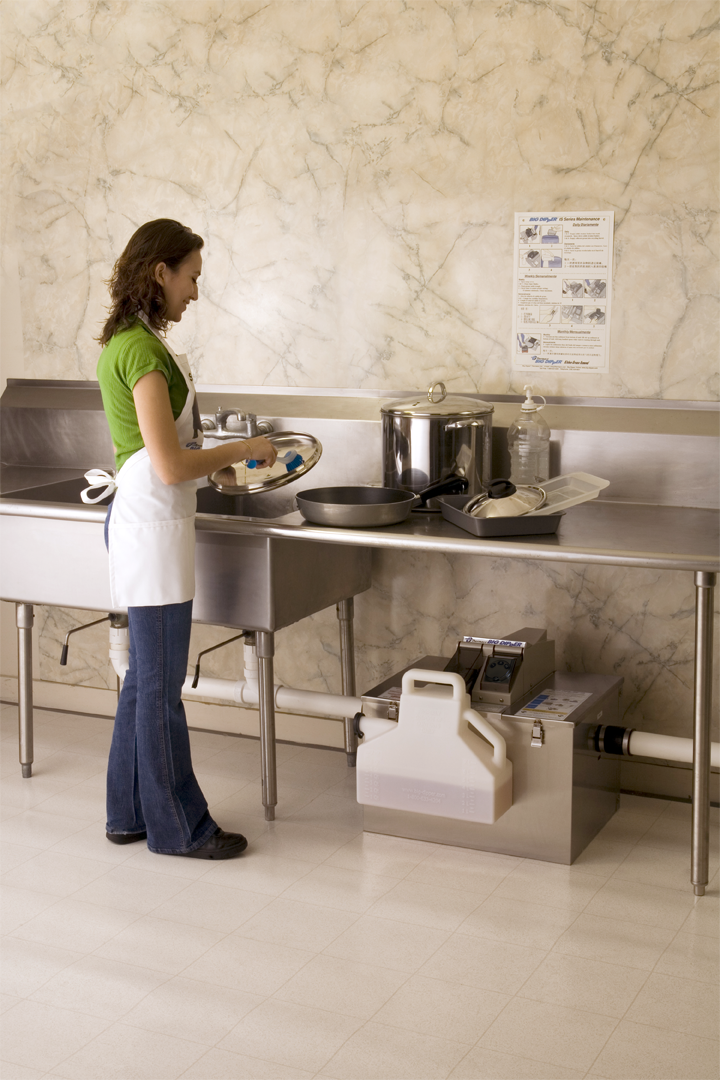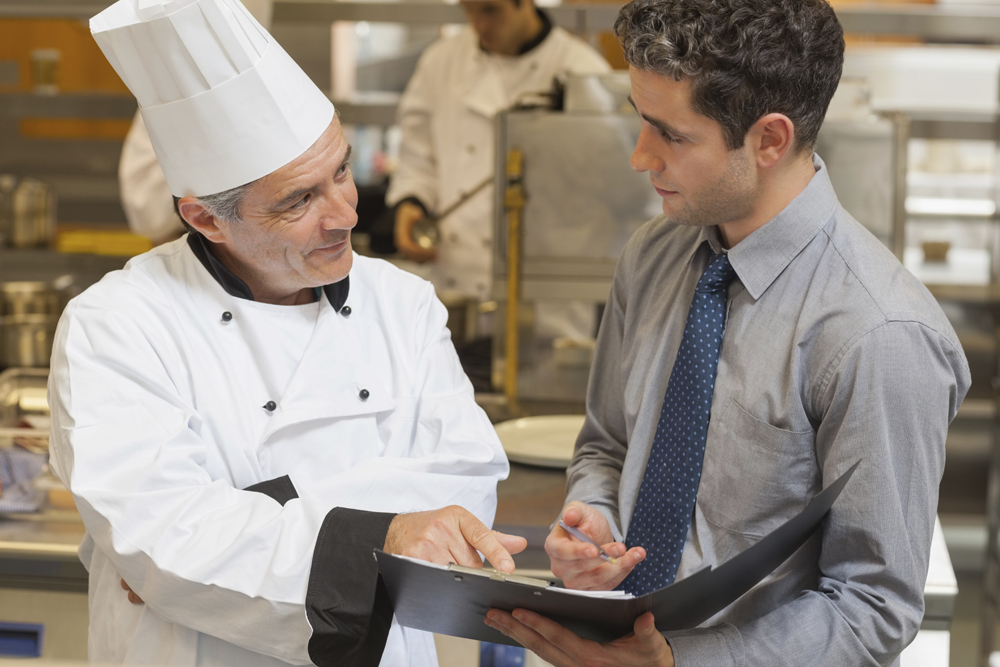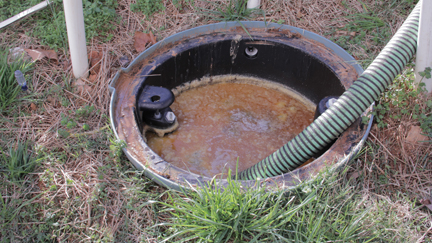Why size is no excuse for reducing grease pretreatment standards
- Aug 4, 2015
 One size fits all might be an appropriate term for a rain poncho. Or a baseball hat fitted with an elastic band. Perhaps even a baggy pair of sweatpants with a drawstring. But, the term has no place in the world of grease pretreatment.
One size fits all might be an appropriate term for a rain poncho. Or a baseball hat fitted with an elastic band. Perhaps even a baggy pair of sweatpants with a drawstring. But, the term has no place in the world of grease pretreatment.
For a pretreatment plan to be effective, the effluent rate of a commercial kitchen, along with its size and type of food served, must be considered.
The century-old technology that is the traditional concrete interceptor is still the go-to choice for many food service establishments, despite its numerous problems. These are viable for some facilities — if they have the space. But it’s just not practical for many others. Many establishments, such as strip mall restaurants or restaurants located inside office buildings or in tightly packed urban areas, don’t have the available outdoor space.
But there are other choices.

 The federal government takes grease seriously. Very seriously. In fact, the Department of Justice is ready, and willing, to issue federal jail time to any individual who knowingly violates the Clean Water Act, a standing tenet of which is proper grease disposal.
The federal government takes grease seriously. Very seriously. In fact, the Department of Justice is ready, and willing, to issue federal jail time to any individual who knowingly violates the Clean Water Act, a standing tenet of which is proper grease disposal. Think about the grease interceptor in your food service establishment.
Think about the grease interceptor in your food service establishment. It’s not very often that wastewater system workers are hailed as heroes in the headlines around the world. But in August 2013, that’s what happened.
It’s not very often that wastewater system workers are hailed as heroes in the headlines around the world. But in August 2013, that’s what happened. If you own a restaurant or other business within the foodservice industry, chances are good you’re already using some sort of grease interceptor. If not, sooner or later you’ll likely face clogged pipes, back-ups into your kitchen and costly fines.
If you own a restaurant or other business within the foodservice industry, chances are good you’re already using some sort of grease interceptor. If not, sooner or later you’ll likely face clogged pipes, back-ups into your kitchen and costly fines. In the three decades since Thermaco developed the innovative Big Dipper grease interceptor, more than 33,000 units have been installed in commercial kitchens around the world.
In the three decades since Thermaco developed the innovative Big Dipper grease interceptor, more than 33,000 units have been installed in commercial kitchens around the world. 
 Changing demographics and lifestyles are producing greater strains on water treatment systems and could threaten water quality. Surprised? It’s true. And we’re not just talking about the strain of a growing population.
Changing demographics and lifestyles are producing greater strains on water treatment systems and could threaten water quality. Surprised? It’s true. And we’re not just talking about the strain of a growing population. A Long Poot or a Short Toot?
A Long Poot or a Short Toot? Restaurants, caterers, cafeterias and other entities involved in preparing and cooking large quantities of food are — well, should be — knowledgeable in regard to the proper ways of discarding waste, specifically grease that could clog drains and pipes and ultimately harm sewer systems.
Restaurants, caterers, cafeterias and other entities involved in preparing and cooking large quantities of food are — well, should be — knowledgeable in regard to the proper ways of discarding waste, specifically grease that could clog drains and pipes and ultimately harm sewer systems. 

